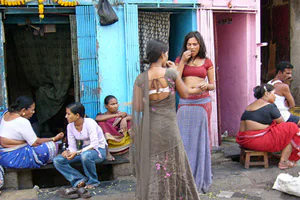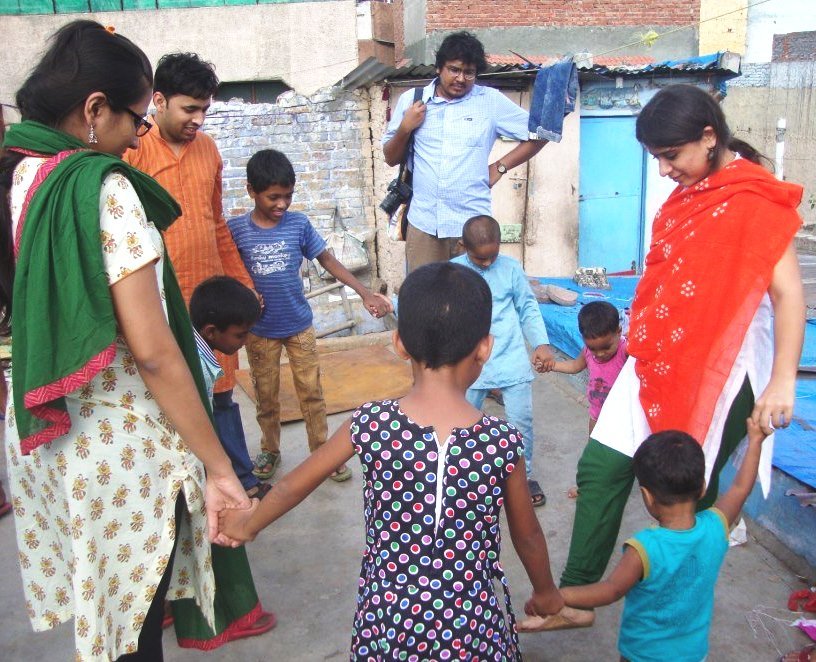Red light areas in India are neighborhoods where commercial sex work is commonly practiced. These zones are often found in large urban cities and have existed for decades, reflecting a complex intersection of economics, social issues, and human rights. While sex work itself is not illegal in India, many related activities such as soliciting in public, running brothels, or trafficking are prohibited by law.
Historical Background
The origin of red light areas in India can be traced back to the colonial period, when such districts were established around military bases and trading ports. Over time, these neighborhoods became settlements for marginalized communities, women forced into sex work due to poverty, trafficking, or lack of education.
Some of the most known red light districts in India include:
- Sonagachi (Kolkata) – Asia’s largest and most organized red light area.
- Kamathipura (Mumbai) – one of the oldest, dating back to the 18th century.
- GB Road (Delhi) – located near Ajmeri Gate, home to hundreds of brothels.
- Budhwar Peth (Pune) and Chaturbhuj Sthan (Muzaffarpur) are also well-known zones.
Legal Status of Sex Work in India
In India, prostitution is not illegal, but several associated practices are punishable under the Immoral Traffic (Prevention) Act, 1956 (ITPA). The law targets trafficking, pimping, and brothel management, rather than individuals engaged in sex work voluntarily.

Sex workers have limited legal protection, but courts have gradually recognized their right to dignity, health, and safety. In 2022, the Supreme Court of India reaffirmed that sex workers deserve equal protection under the law, emphasizing that they should not be harassed or discriminated against by authorities.
Social and Humanitarian Issues
Despite legal provisions, red light areas in India often face challenges such as poverty, health risks, lack of education, and social stigma. Numerous NGOs and government programs now work to improve the living conditions of sex workers, offering access to healthcare, education for their children, and rehabilitation opportunities.
Red light areas in India reflect a social reality that cannot be ignored. While the debate around legalization continues, the focus must remain on human rights, safety, and empowerment of those involved. Recognizing their dignity and ensuring access to healthcare, education, and justice is essential for building a more inclusive and humane society.
What Is Oral Sex And How It Works
Different Types of Adult Parties around the World
Live-in Relationship Laws in India
![]()





